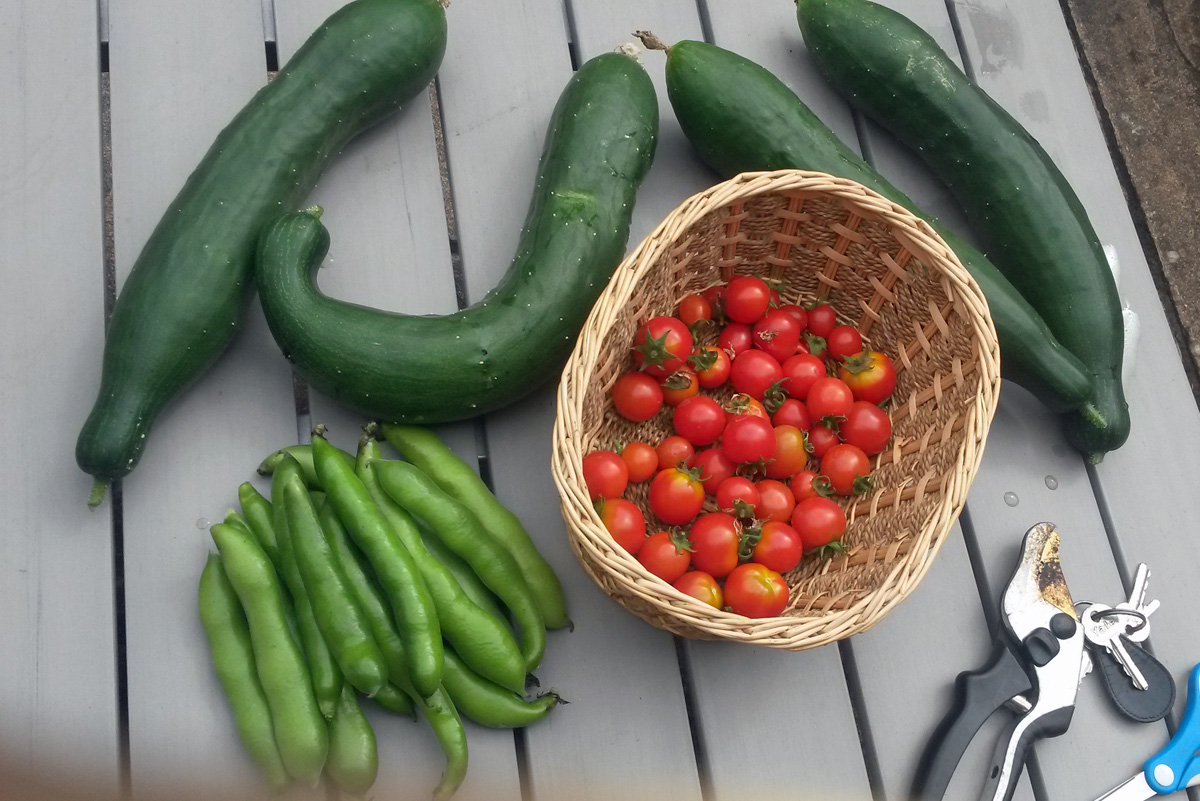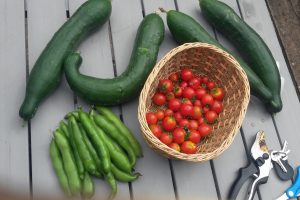[I’m learning about Permaculture as I embrace the good life – I found this to be a very good summary. Trevor]
Gardening will never go out of fashion. Anyone with a green thumb and a penchant for growing nutritious food will attest to that.
However, conventional ways of farming can fall to the wayside when we come to the realization that they are outdated and misguided, perhaps even harmful to the environment.
No-dig gardens are a wonderful way to grow vast amounts of food without turning the soil, yet certain aspects of sustainable gardening can be taken even further.
When you start with a holistic approach to gardening and expand into whole systems thinking, you then grow into the realm of permaculture design.
Basics of permaculture design
The meaning of permaculture coming from ‘permanent agriculture’ and ‘permanent culture’. When we garden with sustainability in mind, we are in essence planning our collective future in harmony with nature.
Bill Mollison and David Holmgren are the originators of permaculture design – a perennial and sustainable form of agriculture that began in Australia in the late 1970’s.
When you are ready to dive really deep into the sustainable ethics of permaculture, this book is a must read:
- Permaculture: A Designer’s Manual by Bill Mollison
Not only does permaculture design cover what we grow and how we grow it, it also brings about architectural design, urban planning and resource management into the mix. It is more than just gardening, it is whole systems engineering that brings sustainable actions full circle.
It is important to look both at natural patterns and processes when deciding to garden with permaculture in mind.
Making connections and working with nature (rather than against nature) is one of the guiding principles of permaculture.
Read more: Rural Sprout




